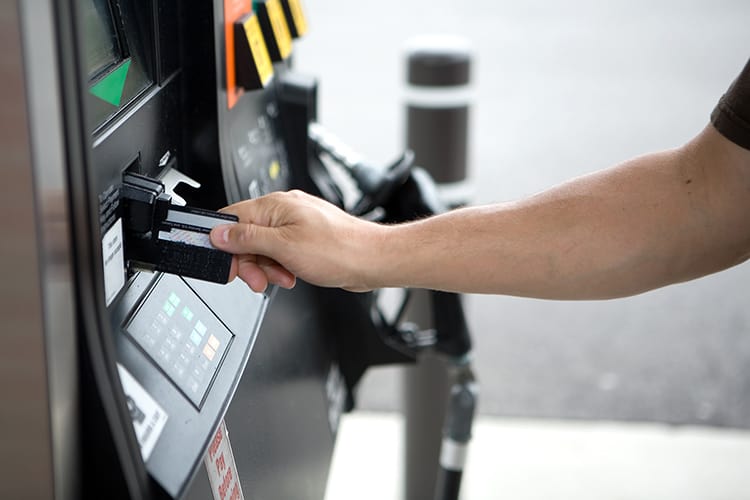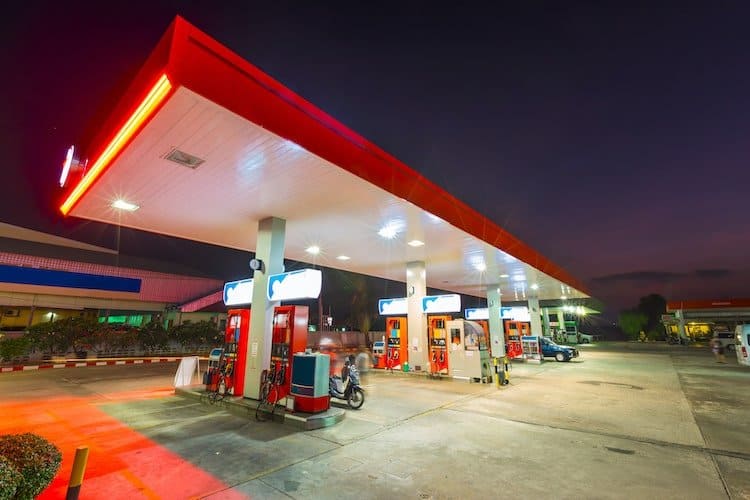A few months on and many are still forging ahead as best they can under current challenging circumstances. However, as we previously discussed, the path to EMV is not particularly straightforward for fuel merchants, no matter their size.
So, how are the biggest players in the U.S. fuel and convenience sector currently faring when it comes to implementing EMV, and what else do they have on their roadmap for the year ahead? We surveyed large fuel merchants representing 46,000 gas stations nationwide to find out.
EMV – ready or not?
One-third of the major fuel and convenience merchants surveyed have fully implemented EMV across all their gas stations, and another 20 percent were more than halfway toward full implementation. Nearly 50 percent (47%) are currently unprepared to meet the EMV deadline with less than half their stores fully upgraded.
While another 20 percent have over half of their fuel stations upgraded, a surprising 20 percent are still in the planning stages. Representing more than 200 stations each, this will certainly be a race for many fuel merchants, even with the deadline extension.
When asked what percentage of their sites will be deployed by April 2021, 67 percent said they would be fully upgraded for EMV by the deadline (including those already finished), leaving 30 percent set to complete implementation during the later parts of 2021. Another three percent were unsure when the EMV upgrade would be completed.
An opportunity to upgrade the payments experience
EMV implementation causes significant cost and resource demands for fuel merchants, putting pumps out of action as the hardware is replaced. To consolidate costs and get better value out of the pump upgrade, some larger fuel merchants have understandably looked to see what other improvements they can roll into the EMV upgrade program.
We asked fuel merchants what additional improvements they had or were considering implementing alongside the EMV implementation. An overwhelming 85 percent said they were looking at contactless payments, 70 percent were considering mobile payments and 67 percent were looking at how to integrate loyalty initiatives at the fuel dispenser. While only 48 percent of merchants said they were considering investing in alternative payments methods (APMs), 50 percent said they already supported them. Cross referencing the two questions, we see 77 percent currently support or plan to support APMs, highlighting the growing importance that new payment methods and customer experience are playing in fuel merchants’ roadmaps.
The other theme that featured strongly was the desire to strengthen data security and fraud prevention at the pump. Of those surveyed, 59 percent said they were considering improving their fraud management solutions alongside the EMV changeover. Many were also looking to better protect payments data using proven technologies such as point-to-point encryption (37%) and tokenization (26%). Since these were improvements they were considering, we can assume many more currently utilize these technologies.
The road ahead
It’s encouraging to see that many fuel merchants will meet the April 2021 EMV deadline — and that a strong proportion will be looking more holistically at what other technologies or innovations they can leverage to improve the customer experience and mitigate risk.
For those that don’t meet the deadline, increased chargebacks, higher fraud costs and (potentially) reputational damage may be in store as they become targets for fraudsters seeking easy opportunities.
For more in-depth survey results, check out our EMV Readiness Survey infographic. And be sure to download our latest eBook, How to Improve and Deliver on the Convenience Promise, exploring the role payment platforms play in boosting innovation and profitability for fuel merchants.



